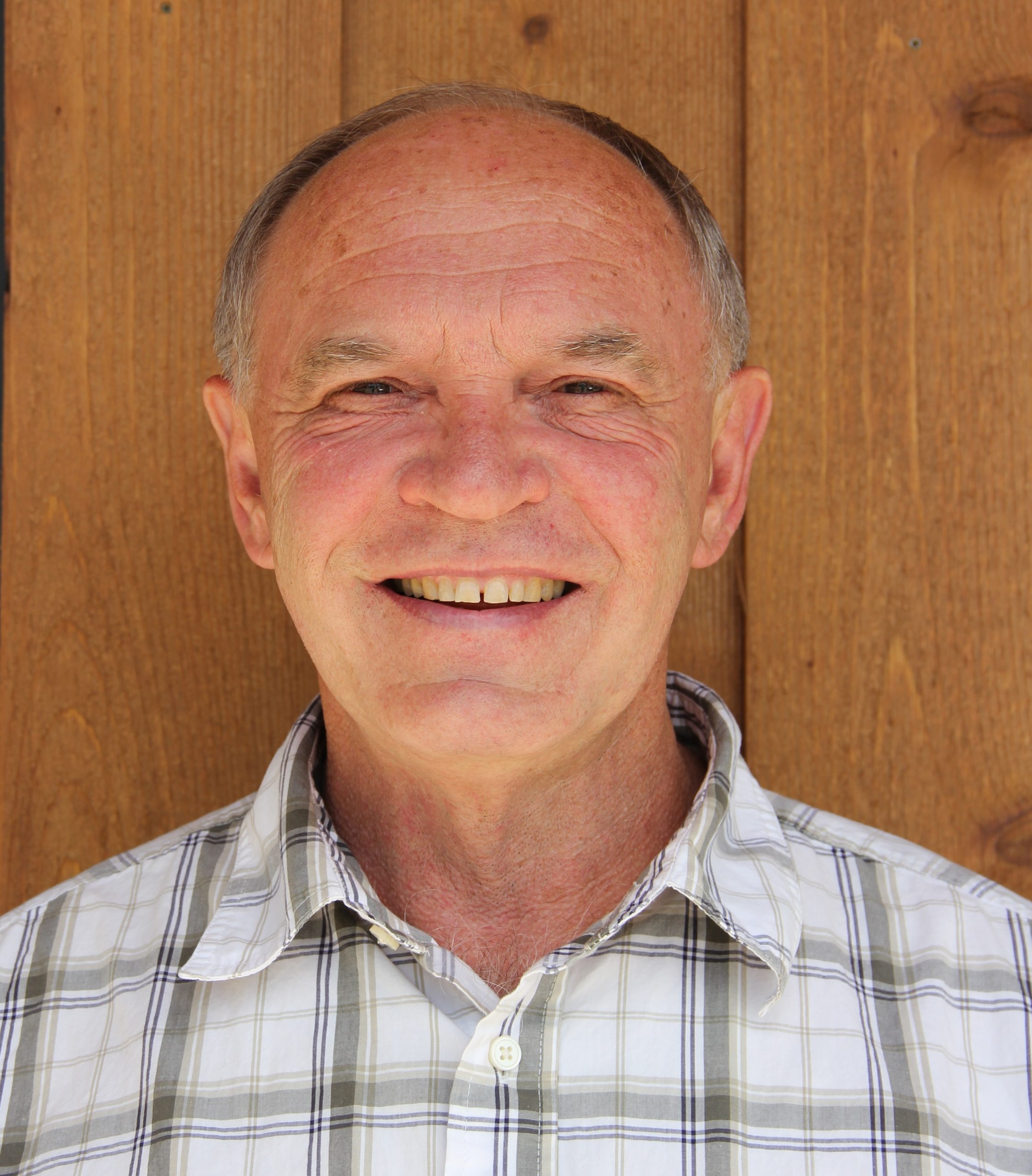
Some environmentalists have turned to free market environmentalism because of its ability to provide a long-lasting solution. When property rights are well defined and enforced, protection of a wetland or bird sanctuary is secured by common law precedent and by the constitution of the United States. This differs from political protection, which can shift with the political winds. As one environmentalist told us when asked about how best to protect wildlife habitat, “You know what I like? A deed in the courthouse.”
Others have turned to market solutions simply because nothing else has worked. “It’s very hard to make progress through lawsuits,” says Bill Heddon of Grand Canyon Trust, an organization that is trying to improve the quality of grazing lands in the West (Watson 2000).
Yet others have turned to free market environmentalism because of its penchant for innovation, as did Aldo Leopold many years ago. He found that property rights enabled him to put his nontraditional ideas to work on his Sand County farm in Wisconsin, and that approach is being carried out today at the Leopold Memorial Reserve on the site of his farm. The privately owned reserve is an experimental laboratory that tests new ways to restore natural ecological processes on lands that have been intensively farmed or logged (Anderson and Leal, 48- 52).
Defenders of Wildlife and the Delta Waterfowl Foundation are using creative property rights solutions to overcome barriers to their goals. Hank Fischer, the Northern Rockies Representative of Defenders, has played a critical role in reintroducing wolves to Yellowstone National Park. Recognizing the power of incentives, he created a fund that compensated ranchers whose livestock had been killed by wolves. This privately funded project reduced the animosity of ranchers who would otherwise bear the cost of wolf predation. Fischer then established a fund to reward ranchers who allowed wolves to breed on their property.
In a similar vein, Delta Waterfowl has a program called “Adopt-a-Pothole,” which pays farmers in the prairies of Canada and the United States a rental fee for preserving waterfowl nesting areas (known as potholes) on their land. Rather than draining and plowing those potholes, farmers now have an incentive to allow waterfowl to breed there.
On the public policy front, free market environmentalism is also making itself felt as institutional changes allow market transactions that enhance environmental quality. This is occurring most visibly with water markets and wildlife management.
Not just in the United States, but around the world, water marketing is improving water-use efficiency and enhancing environmental quality. For example, the constitution of Chile, adopted in 1980 and amended in 1988, establishes secure and transferable water rights. These rights create the foundation for a market, one that gives farmers greater flexibility in selecting crops that meet market demand, encourages efficiency in urban water and sewage services, and allows growing cities to buy water without having to buy land or expropriate water.
The fact that land is private and wildlife is public poses a problem that is being addressed in California, Utah, and Colorado. State programs allow landowners freedom from some hunting regulations in return for investments in wildlife habitat. The success of these programs in enriching habitat and improving hunting has caught the eye of officials in other states whose funds for purchasing wildlife habitat are too limited for them to achieve their objectives.
Changes in wildlife management on private lands in the United States pale in comparison to the role that markets play in preserving wildlife in southern Africa, where private ownership of wildlife is legal. Responding to demand for hunting, private owners are returning marginal cattle ranching lands to wildlife habitat. Their improvement of habitat and their management of animals are becoming the salvation of endangered species such as the black rhinoceros (Anderson and Leal 1997, 69-73). By permitting limited hunting of these animals, they are finding the wherewithal to save the species.
Changes in government policies also have a free market environmentalism component. Public lands in the United States are no longer experiencing “business as usual.” Subsidized recreation may be on the wane, as user fees provide a direct link between consumers and land managers, notably through the federal Fee Demonstration Program and new policies in many state park systems. Public land trusts are giving land managers, even federal ones, more incentive to weigh tradeoffs between various land uses. For example, the Presidio, a former Army base overlooking San Francisco’s Golden Gate Bridge, is now operated as a quasi-private trust, and Congress has decided that the Baca Ranch in New Mexico, recently purchased by the government, will be managed as a trust rather than as a national park.
On the pollution front, free market environmentalism has made less progress. The main reason is institutional barriers. Some progress did occur with pollution-permit trading schemes, but genuine property rights solutions have not been forthcoming. These might involve protection of rights against harm through traditional common law. Some would say that the costs of defining and enforcing property rights are too high to make this a feasible option (Menell 1992). But others contend that the problem is national regulations that prevent solving problems through common law (Schoenbrod 2000).
If there is reason for optimism in the pollution area, it is because the rising cost of achieving higher levels of air or water quality will require harnessing the entrepreneurial spirit of the marketplace. This has already happened with the agreements made among public and private entities that discharge waste into the Tar-Pamlico Sound in North Carolina. There, a notfor- profit river association manages pollution control. Members of the association fund efforts by farmers to reduce nonpoint pollution. In return, the funders receive credit for controlling discharges.
We have come a long way down the free market environmental path, but there is still a long way to travel. The federal government controls onethird of the land in the United States-that amount has been growing by 800,000 acres per year since 1960 and is likely to grow even faster with congressional legislation that will commit billions of dollars to buying more land from private owners. The Endangered Species Act has been up for reauthorization for several years. While nearly everyone recognizes that it has not been effective at saving species, no one is willing to stand tall for real reform. The momentum of agencies such as the U.S. Fish and Wildlife Service, the Environmental Protection Agency, and the Bureau of Reclamation is difficult to stop.
When the idea of free market environmentalism was launched in the 1980s, it was considered an oxymoron; today, however, there is hardly an environmentalist who would not concede that markets have a role to play in advancing environmental quality. The general tendency around the world toward freer markets means that populations of the developing world will share in the wealth that markets create and will have the income enabling them to join the ranks of environmentalists. Combining the spark of innovative ideas with the fuel of pragmatic entrepreneurship gives us hope that we can break the regulatory fist of command and control and replace it with a greener invisible hand.
References
Anderson, Terry L., and Donald R. Leal. 1997. Enviro-Capitalists: Doing Good While Doing Well. Lanham, MD: Rowman and Littlefield.
Menell, Peter S. 1992. Institutional Fantasylands: From Scientific Management to Free Market Environmentalism. Harvard Journal of Law and Public Policy 15: 589Ð610.
Schoenbrod, David. 2000. Protecting the Environment in the Spirit of the Common Law. In The Common Law and the Environment: Rethinking the Statutory Basis for Modern Environmental Law, ed. Roger E. Meiners and Andrew P. Morriss. Lanham, MD: Rowman and Littlefield, 3Ð24.
Watson, Traci. 2000. Environmental Groups Wielding Power of the Purse. USA Today, February 3.
This essay is based on Free Market Environmentalism, by Terry L. Anderson and Donald R. Leal. The revised edition of this pathbreaking book has just been published by Palgrave/St. Martin’s Press.




